A question that has been on my mind of late is why are so many movie sequels released each year? And to be clear, I’m not referring to ones like The Dark Knight Rises or Skyfall. I can’t wait to see those. I mean ones I might opt to catch on network television or, you know, not at all.
In 2011, eight of the top ten grossing movies were sequels. This consisted of Harry Potter, Transformers, Twilight, Fast Five, etc. Each of those franchises has an enormous fan base, so it makes sense that they’d do well in theaters and later on when released to DVD. What I don’t understand is why a movie that underperforms at the box office gets revived and brought back for a second or third go.
Roger Ebert listed Baby Geniuses as the worst film of 1999. Its sequel, Superbabies: Baby Geniuses 2 is considered one of the worst movies ever made, and both have (un)successfully found their way to IMDb’s Bottom 100, a list of the worst movies ever released. There’s also Return to the Blue Lagoon, Speed 2 and Son of the Mask. None of these premises seem remotely plausible, but that’s easy to gloss oA more recent example would be The Green Lantern. Production on the 2011 film cost around $200M, and the marketing budget was somewhere in the $100M ballpark. To date, the film has grossed a total of $220M. But despite generally unfavorable reviews, and the $80M loss, a sequel has been announced, albeit unofficially. That’s not to say that the next movie will bomb by default; Warner Bros. can turn the franchise around. It did with Batman & Robin, a 3.6 on IMDb, to Batman Begins, an 8.3, so it’s certainly not improbable.
None of this is to say that Hollywood’s creativity is waxing or waning. I want to point that out because this argument is inevitably brought up when it comes to talk of the overwhelming number of pending sequels. I don’t think that’s the case given the release schedule through the end of the year, which looks amazing, but Hollywood’s down numbers are often attributed to a lack of original work. The basic claim being that a shortage of compelling material results in dips at the box office.
While that can certainly be the case sometimes, the fact of the matter is that unoriginal movies are typically made because numbers are down and not the other way around. Building on an existing franchise is a safer bet than starting from scratch, especially abroad in the international box office.
In 2011, the foreign box office accounted for 69% of overall sales according to the MPAA. When box office receipts in North America slipped to $10.2B, they were somewhere at or around $22.4B internationally. And for a number of films that had less than spectacular openings and runs stateside, several were able to gain traction abroad and recoup costs. Underworld Awakening made $62M domestically on a $70M production budget. Abroad, it raked in just under $98M bringing it to a total of $160M. Ghost Rider: Spirit of Vengeance earned $51M domestically and about $81M internationally. Wrath of the Titans made $83M in the states but $218M overseas. Most impressively, MIB: 3, which was released at the end of May, has generated $169M stateside and $429M in foreign territories.
So if each international region experienced box office growth in 2011, with China leading the pack by 35% growth in 2011 alone, will this affect which movies get released here and abroad? Maybe. Stephen Saltzman, a Hollywood lawyer who has handled several Chinese film deals, says, “People are trying to design projects for success globally, but producers today really have to make a judgment call about if their films can really appeal to both the Chinese and English speaking markets.”
So what translates well and what doesn’t? Very generally speaking, special effects driven films consistently do well overseas because explosions and fist fighting translate pretty seamlessly from one language to the next, as does the fear of giant robots. Transformers, Underworld, Wrath of the Titans, and Nicholas Cage vomiting fire in Ghost Rider each fit that bill. What doesn’t make the jump nearly as much is American comedy. I won’t say that’s always the case, but something tends to get lost in translation (e.g., with Will Ferrell movies). They typically fall flat overseas leaving audiences more confused than anything else.
In the near future, studios will undoubtedly continue to be incentivized to produce flicks that appeal to the widest demographic. Stateside, the box office ebbs and flows because it’s very much cyclical. Sometimes, it’s great. Other times, not so much. In countries around the world, the box office is booming. And if it continues to, I would expect to see major studios concentrate on more inclusive films and less so on ones with highly specific followings.
That’s not to say that great films won’t be produced independently or otherwise. Despite the large number of sequels produced last year, some which may have been lacking in substance, also released was Tinker Tailor Soldier Spy, The Artist, The Descendants, Extremely Loud and Incredibly Close, The Help, Hugo, Midnight in Paris, Moneyball, The Tree of Life and War Horse. This year, the box office is estimated to be up nearly 14% according to John Fithian, President of the National Association of Theatre Owners. Maybe that’s enough for now. In any which case, this is definitely a reminder that we have a responsibility to support really great art whether that’s a summer blockbuster or an indie flick. It’s certainly possible to love both.

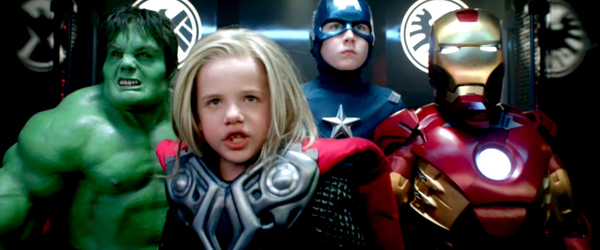
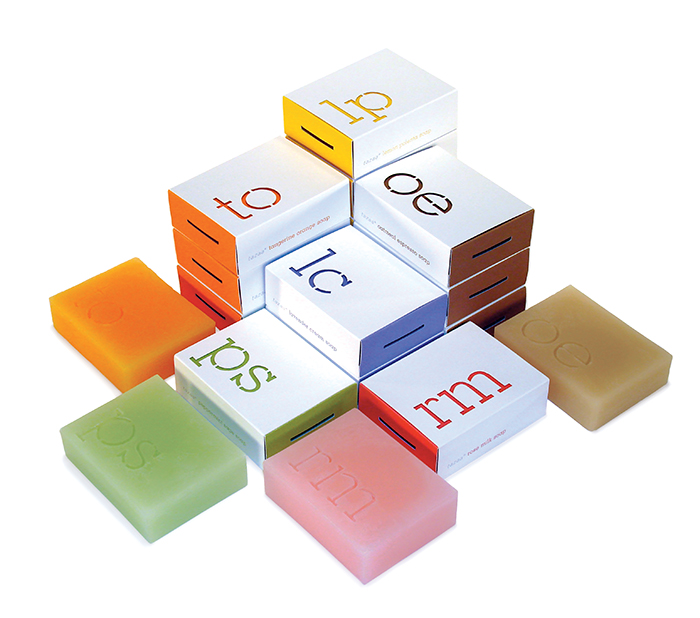
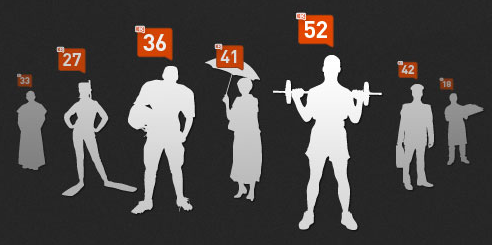
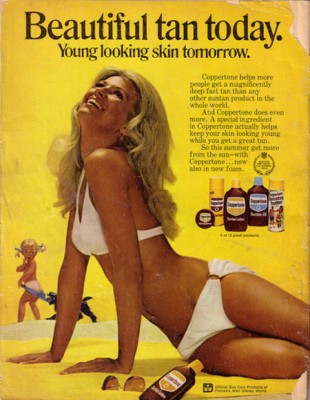 Despite the fact that consumers generally indicate that they make rational purchasing decisions based on considerations like price, selection or convenience, subconscious forces, involving emotion and memories, are clearly also at work. Scientists used to assume that emotion and rationality were opposed to each other, but
Despite the fact that consumers generally indicate that they make rational purchasing decisions based on considerations like price, selection or convenience, subconscious forces, involving emotion and memories, are clearly also at work. Scientists used to assume that emotion and rationality were opposed to each other, but 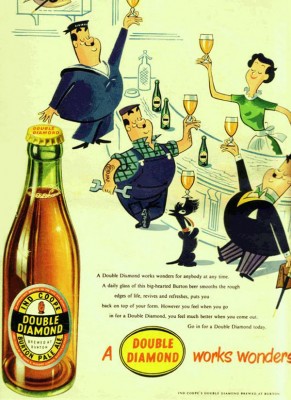 Brand development and maintenance demands a combination of functional, operational and psychological elements to create a unique entity that has a lasting personality, which will build retail brand awareness with existing and potential customers. When a brand has a well-defined personality, consumers interact with it and develop a relationship that can influence individual attitudes and behaviors in terms of how consumers perceive and react to a brand. A successful retail brand will help to build long-term demand, add some perceived value and ultimately improve sales. Consumers will be willing to pay more for a brand if there is added actual, or perceived, value from their experience of using the product or service. Because ultimately, they’re purchasing a total experience consisting not only of the physical item but also the packaging, after sales services, promotions and image.
Brand development and maintenance demands a combination of functional, operational and psychological elements to create a unique entity that has a lasting personality, which will build retail brand awareness with existing and potential customers. When a brand has a well-defined personality, consumers interact with it and develop a relationship that can influence individual attitudes and behaviors in terms of how consumers perceive and react to a brand. A successful retail brand will help to build long-term demand, add some perceived value and ultimately improve sales. Consumers will be willing to pay more for a brand if there is added actual, or perceived, value from their experience of using the product or service. Because ultimately, they’re purchasing a total experience consisting not only of the physical item but also the packaging, after sales services, promotions and image.